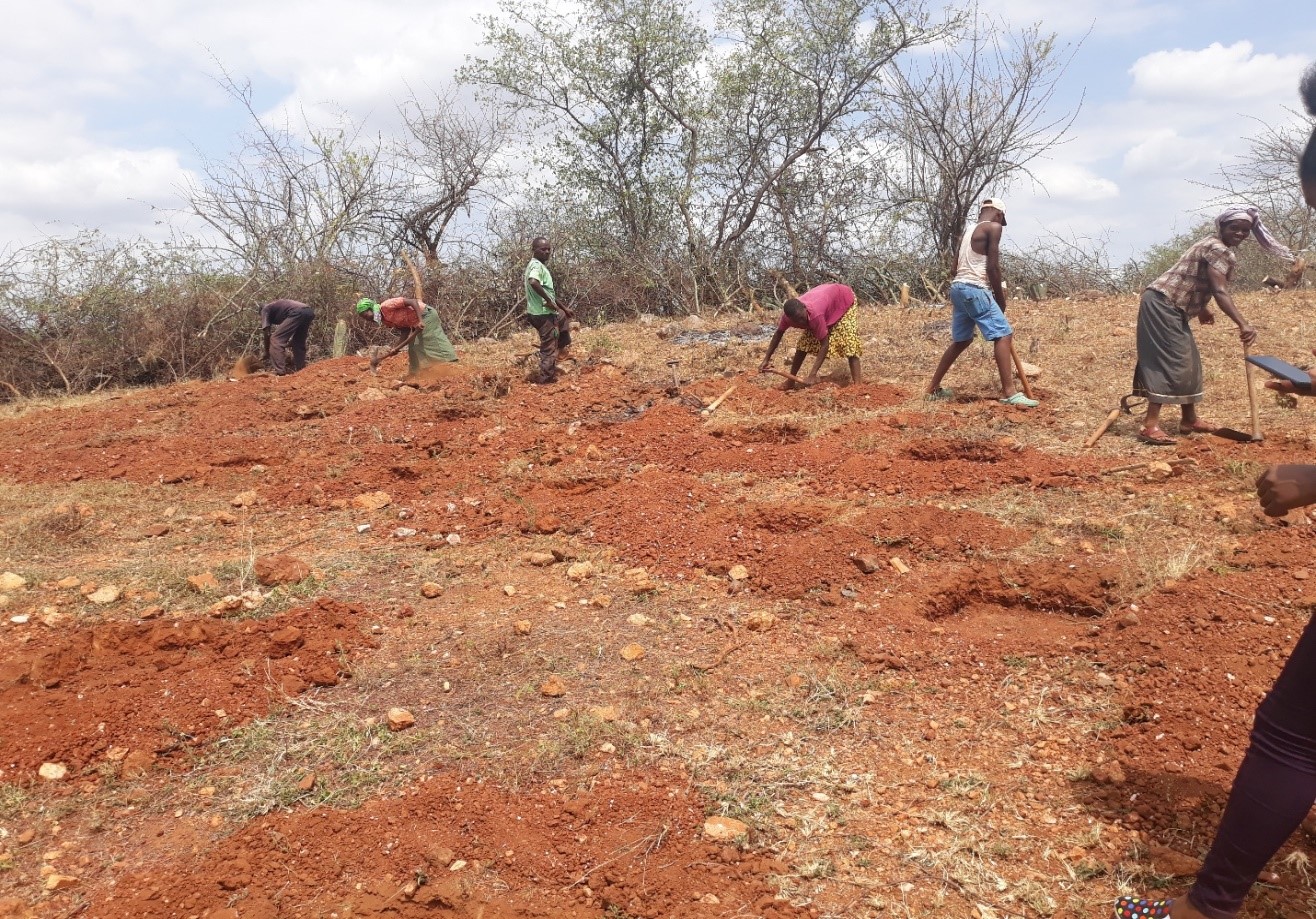Rural livelihoods in Sub-Saharan Africa are constantly shifting depending on new economic prospects created by global drivers of change such as globalization, increased access to physical facilities, climate change and exposure to modern culture (Laube et al., 2012; Leal et al., 2015; Shackleton et al., 2015). Meanwhile, overexploitation of natural resources and adverse impacts of recent climate change have increased the vulnerability of rural livelihoods. Being primarily an agricultural region, agro-pastoralism is the mainstay of people’s livelihoods in Tharaka South sub-county, since more than 65%of the population depend on agriculture for their livelihood (Recha et al., 2012). However, despite a myriad of development efforts in the area, poverty and inequality persists with majority of the population still living below poverty line. Many of the poor have been unable to capitalize on the economic opportunities created, particularly those engaged in agricultural self-employment as their main source of livelihood.
Several studies, Antwi-Agyei (2014), Dey (2019), Lipper et al. (2014) have highlighted the important role that resilient livelihoods can play in contributing to poverty reduction and enhancing the welfare of rural smallholder farmers. These studies acknowledge that households that adopt myriad of income generating and saving strategies are more likely to realize higher welfare levels. However, while benefits of livelihoods are now a key part of research, the way that gender identity enables or disables livelihood choices has remained relatively marginal in recent studies (Quisumbing et al., 2014). Yet, a number of gender-specific barriers confine the extent to which household are able to adopt progressive livelihood strategies. Livelihood choices can be compromised by gender inequalities at household level, specifically, differences in access to and control over productive resources (land, labor, capital) as well as gender bias in community participatory activities (group membership and leadership, rural institutions, extension services and trainings) and discriminative institutions (market systems and infrastructure).
One way of evaluating gender differences in resource access and livelihood options is to compare socio-economic profiles of female-and male-headed households. However, several studies have different contributions on household headship as a tool for targeting policy interventions (Quisumbing et al., 2014). Nevertheless, headship remains a useful tool for understanding how gender impacts the rural livelihoods, entitlements and subsequent opportunities in a household setup. Female headed households (FHHs), particularly, often face distinct constraints stemming from drudgery reproductive roles, fewer endowments and less decision making power (Rosen 1989). The study documents the differences between MHHs and FHHs and argues that household composition shapes livelihood patterns, as well as the constraints to adoption of new livelihood strategies.

